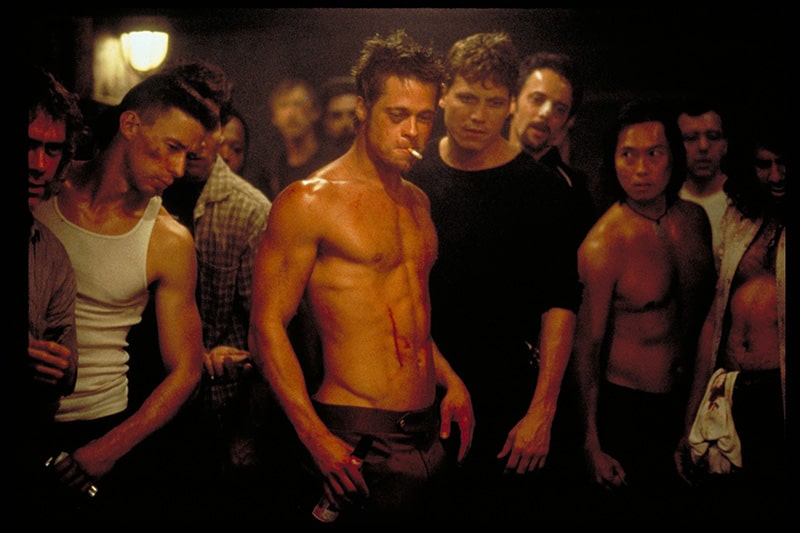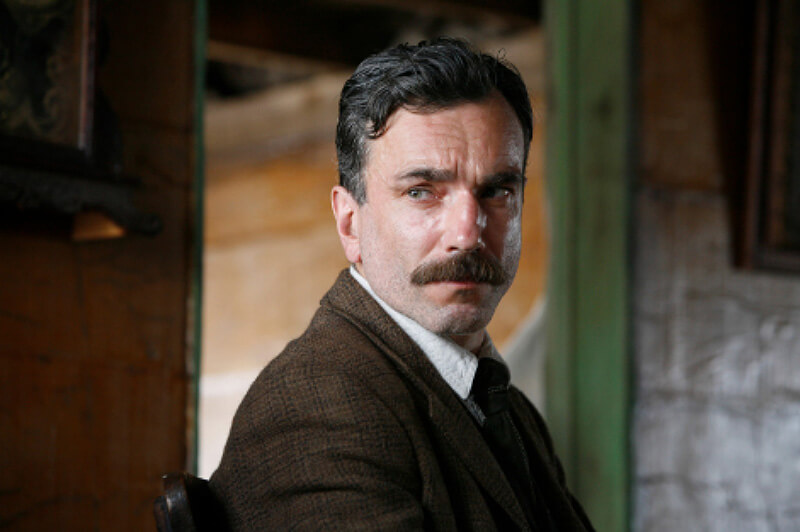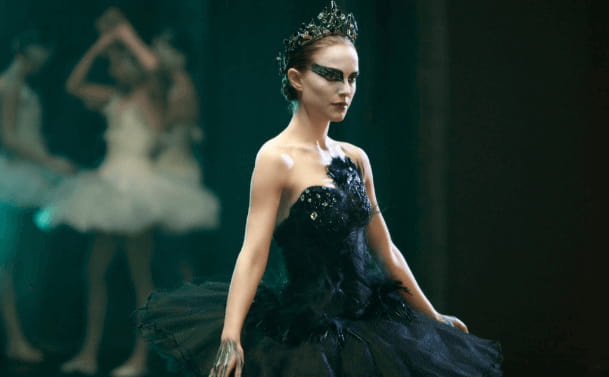
The Hidden Horror: 5 Cinematic Masterpieces Disguised as Regular Films
The horror genre has always walked alongside us, even when not noticeable. Often, cinematic tales manage to subtly inject horror elements into their narratives without branding themselves as outright horror films. These films deal with deeply troubling human experiences, wrapped in stunning cinematography and compelling plots. Such narratives are familiar, dating back to classics from decades past, proving that horror sometimes comes with jump scares and dark alleys.
1. Fight Club's Doppelganger Dilemma

Synopsis: David Fincher brings to life Chuck Palahniuk's novel, where Edward Norton and Brad Pitt immerse themselves in underground fights, challenging societal norms.
Horror Element: The revelation that the Narrator and Tyler Durden are the same person plays with psychological horror tropes present in films like Hitchcock's Psycho. The duality echoes the legendary Dr. Jekyll and Mr. Hyde, symbolizing the darkest human impulses. Given today's societal dynamics, Fight Club's exploration of Project Mayhem feels more haunting than ever.
2. Mulholland Dr.'s Eerie Identity Crisis

Synopsis: A budding actress, Betty Elms, stumbles upon an amnesiac in the bright lights of Los Angeles, uncovering secrets and shifting personalities.
Horror Element: David Lynch masterfully crafts a pervasive aura of dread and suspense. Though labeled as a drama and thriller, the movie channels pure horror, reminiscent of iconic films like Eraserhead and Twin Peaks. Every corner turned could lead to heart-stopping terror.
3. The Terrifying Thirst in There Will Be Blood

Synopsis: The ambitious Daniel Plainview delves deep into the California desert, craving the liquid gold beneath.
Horror Element: From the title to the eerie score, horror is infused in every frame. With themes reminiscent of Edgar Allan Poe, the narrative plays with the evil twin trope. The film's final sequences draw parallels to iconic horror settings like the Overlook Hotel, reaffirming the dark undertones.
4. Black Swan's Dance with Darkness

Synopsis: Nina Sayers, an ambitious ballet dancer, gets consumed by her roles, spiraling down a haunting path.
Horror Element: Marketed as a psychological drama, Black Swan borrows from several horror sub-genres, blending elements of body horror, doppelgangers, and werewolves. The film draws inspiration from classics like The Red Shoes and Suspiria, creating an unsettling aura around ballet.
5. The Monstrous Depths of Jaws

Synopsis: A predatory shark terrorizes Amity Island during its prime tourist season.
Horror Element: More than an adventure, Jaws is a monstrous tale of nature's wrath. Spielberg, a known horror enthusiast, cleverly hides the beast, reminiscent of classic '40s horror films. With heart-pounding scenes, Jaws can also be linked to the '70s era when nature retaliated in films like Frogs and Night Of The Lepus.
Cinema often blurs the lines between genres, gifting audiences experiences that linger long after the credits roll. These films, while not branded as horror, delve deep into human psyches, conjuring tales that can chill us to the bone. So, the next time you watch a 'non-horror' movie, look closer; the shadows might be hiding something more sinister.
